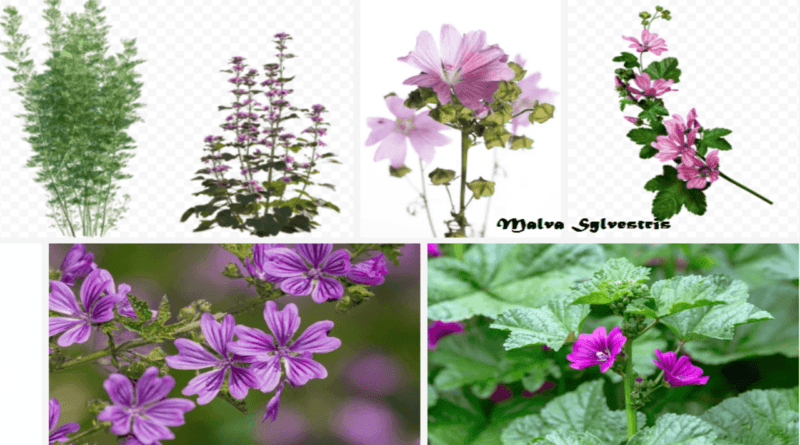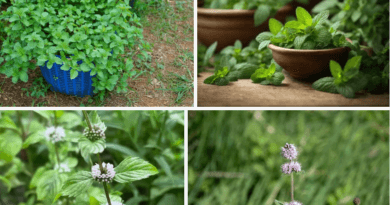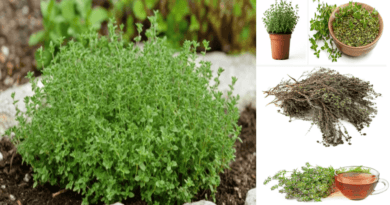Malva Sylvestris Tea: A Culinary Delight and Herbal Treasure
Malva Sylvestris, commonly known as common mallow, offers more than just aesthetic appeal in gardens. This vibrant purple flower has earned a cherished place in both traditional medicine and culinary arts. Among its many uses, Malva Sylvestris tea stands out as a versatile and flavorful beverage, prized for its taste and numerous health benefits.
The Unique Flavor Profile of Malva Sylvestris Tea
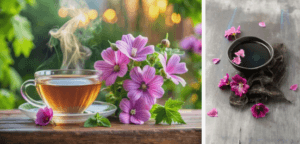
Malva Sylvestris tea possesses a delicate, slightly sweet flavor with subtle earthy undertones. Unlike other herbal teas, it does not have a strong bitterness, making it a favorite among tea enthusiasts. Its mild taste allows it to pair beautifully with honey, lemon, or mint. This versatility makes it suitable for various culinary applications beyond just brewing a cup of tea.
When steeped, the flowers release a light blue or purple hue, adding visual charm to the experience. Whether served hot or cold, Malva Sylvestris tea delivers a soothing and refreshing sensation. Its appealing color and subtle sweetness also make it an excellent base for herbal tea blends.
Culinary Applications of Malva Sylvestris Tea
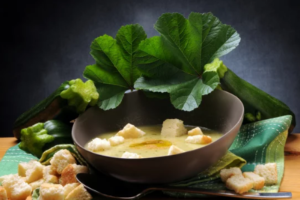
Beyond its role as a stand-alone beverage, Malva Sylvestris tea shines in culinary creations. Chefs and home cooks alike have discovered its potential as a flavor enhancer. Its gentle floral notes complement both sweet and savory dishes.
For instance, you can infuse Malva Sylvestris tea into syrups to drizzle over desserts such as pancakes, waffles, or ice cream. In savory dishes, it can act as a broth or base for light sauces, adding a subtle floral aroma. Additionally, using this tea in baked goods like scones, muffins, or cakes imparts a delicate flavor and natural tint.
Health Benefits Add Value to Culinary Uses
In addition to its delightful taste, Malva Sylvestris tea brings health benefits to the table. Rich in antioxidants and anti-inflammatory compounds, it supports digestion and soothes sore throats. Its natural mucilage content helps alleviate irritation in the throat and digestive tract.
Incorporating Malva Sylvestris tea into recipes is a delicious way to promote wellness. Whether enjoyed as a warm beverage on a cold day or as an iced infusion during summer, its benefits remain consistent.
Brewing the Perfect Cup of Malva Sylvestris Tea
Preparing Malva Sylvestris tea is straightforward, but a few tips can enhance its flavor. Start by using fresh or dried flowers. For every cup of water, add one to two teaspoons of dried Malva Sylvestris flowers.
Bring the water to a boil, then let it cool slightly before pouring it over the flowers. Steep the tea for 5-7 minutes to extract the full flavor and healthful compounds. Strain and enjoy it plain or add your preferred natural sweeteners.
Final Thoughts
Malva Sylvestris tea isn’t just a beverage; it’s an experience. From its mild, floral taste to its vibrant hue and health-boosting properties, this tea stands out in both culinary and wellness spaces. Whether you’re sipping it solo or incorporating it into creative recipes, it’s a delightful addition to your tea collection.
References
- Smith, J. (2020). The Herbal Guide to Tea. Green Leaf Publications.
- Williams, K. (2019). Culinary Herbs and Their Uses. Nature’s Kitchen Press.
- Herbal Medicine Society. (2021). The Benefits of Malva Sylvestris Tea. Herbal Insights Journal.

